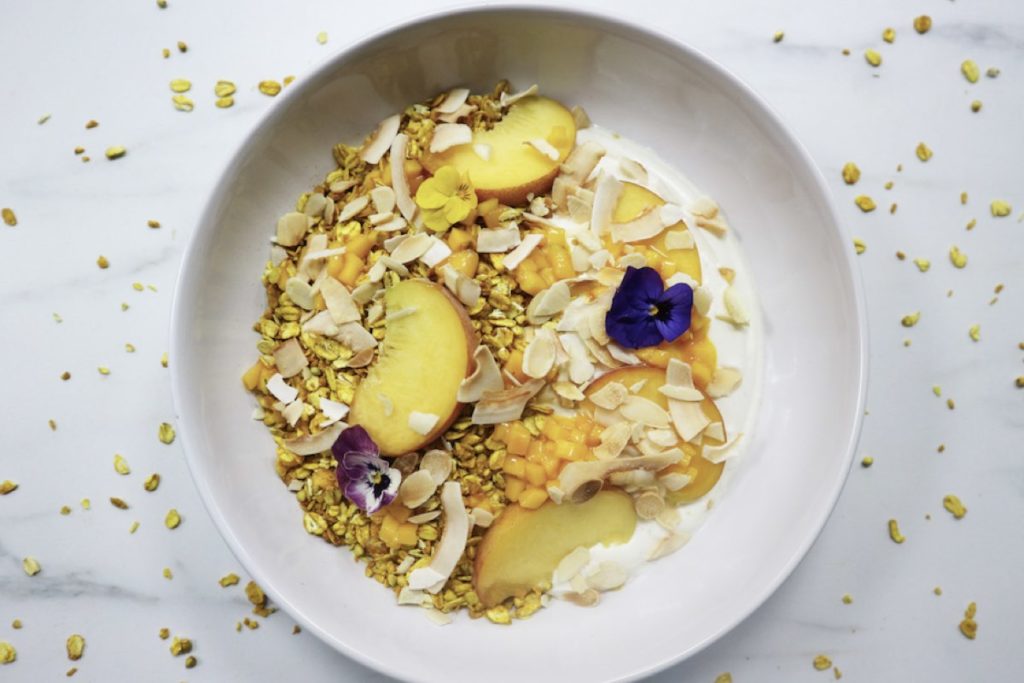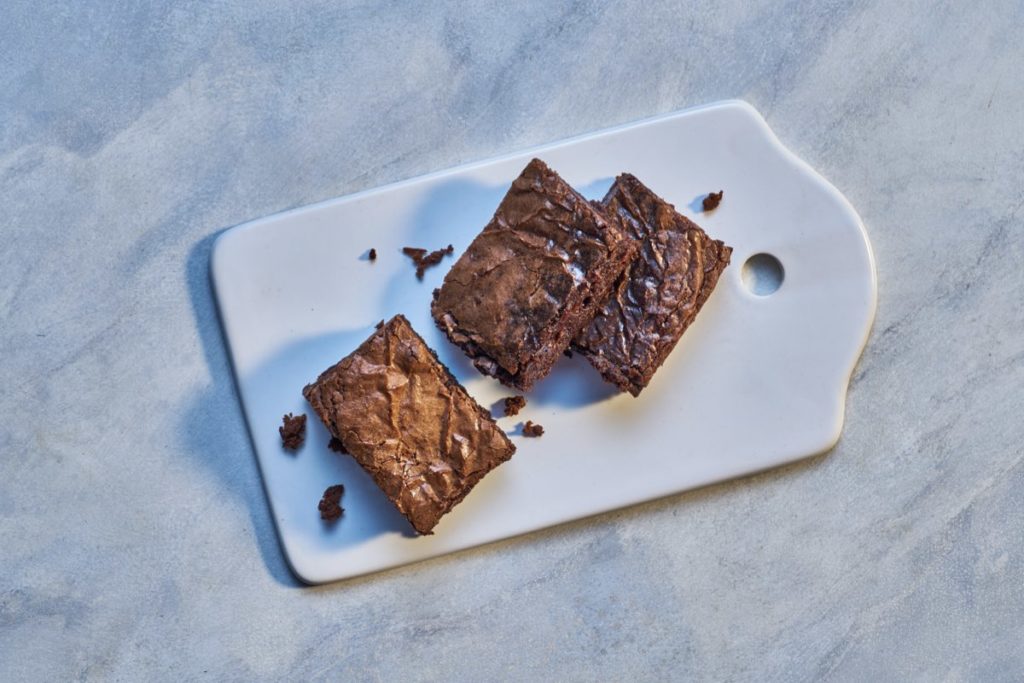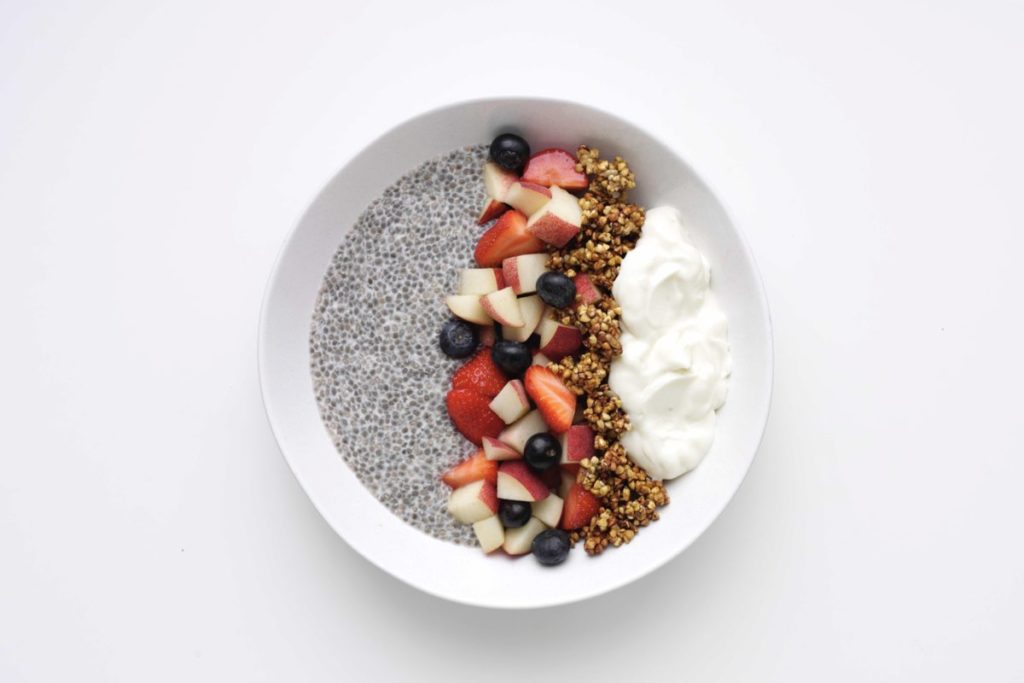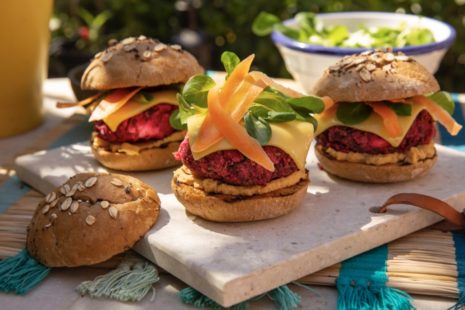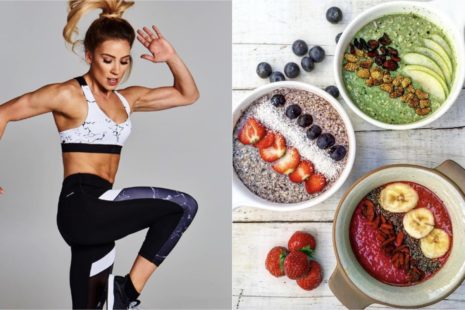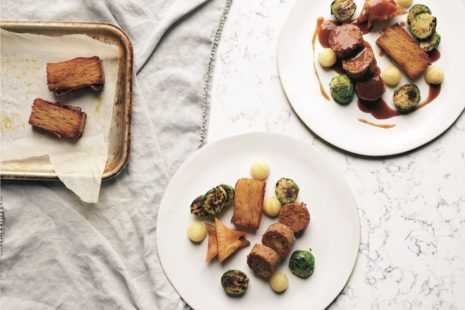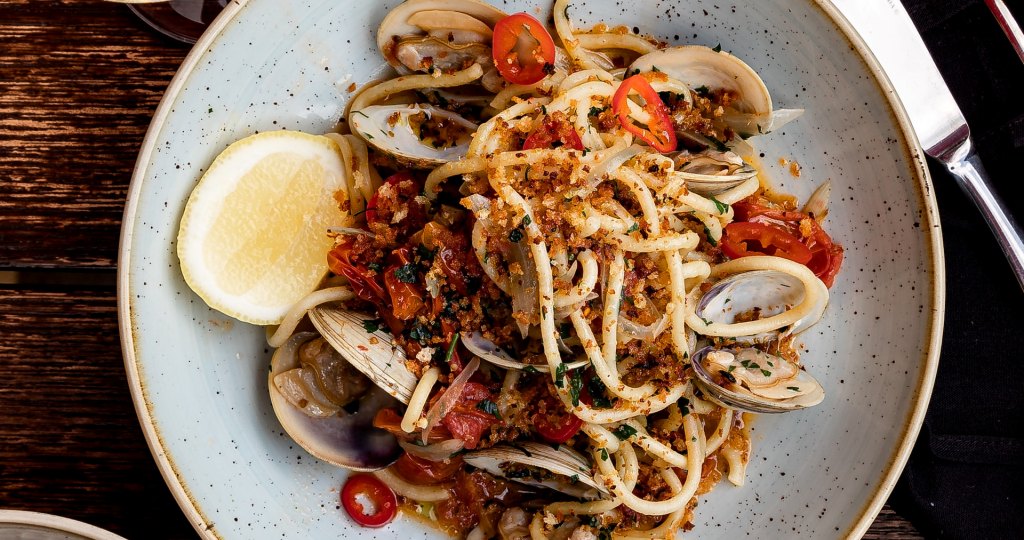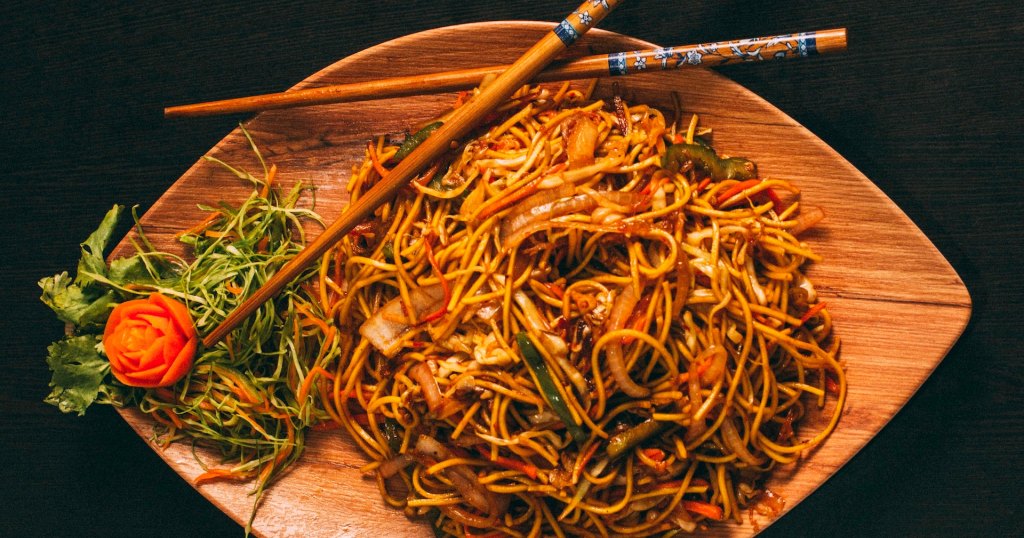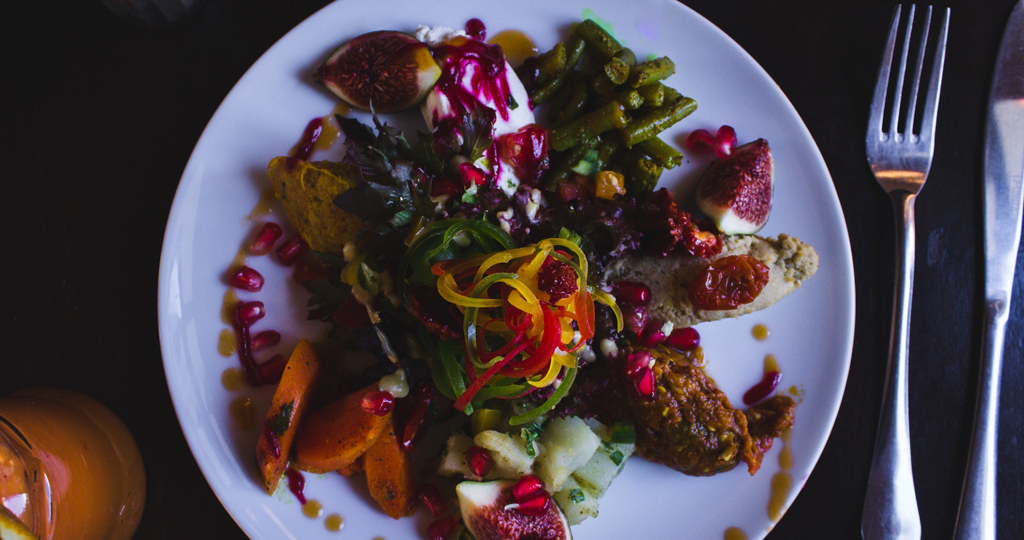Can you have too much of a good thing? Yes, absolutely. Here’s how to make sure you eat the right foods, in the right amounts…
Suddenly, we’re being told to eat lots of certain foods. Whether they’re superfoods, good for the gut, essential fats or otherwise, lots of foods that are high in calories but seen as healthy are in vogue, and I for one have been making the most of it. But actually very few foods, no matter how ‘good for you’, can be eaten to reckless abandon. But how many of us actually know the correct portion of certain healthy foods, or how much we should be aiming to eat them?
“There are a number of foods which are deemed healthy, but are often (and very easily) overeaten, mostly because of how tasty they are, meaning things like calories, salt and sugar can quickly add up!” says Georgia Head, nutritionist at Fresh Fitness Food. Here are some examples – because awareness is the place to start.
Nut butters
“A standard portion of nut butter is two tablespoons; nearly 200 calories,” Georgia says. “If you’re adding it to shakes, spreading on rice cakes or just spooning it from the jar, it can be so easy to exceed the suggested portion size and the calories will quickly add up! Also, try to choose nut butters with nuts and very few other ingredients, as opposed to a long list of unpronounceable components.”
David Wiener, training and nutrition specialist at Freeletics, agrees with the portion size, and adds that while consuming PB just once a week is fine, it is definitely good for you. “Peanut butter is packed full of healthy monounsaturated and polyunsaturated fats that are essential but can’t be produced in the body alone. It’s high in protein and fibre which promotes healthy bowel movement and lowers the risk of disease. It’s also a great source of vitamin E that acts as an antioxidant, protecting your cells against free radical damage and boosting your immune system.”
Kajsa Ernestam, in-house dietitian from global health app Lifesum offers up some tasty ideas: “Add it to your morning smoothie or spread it on some rye bread as a pre-gym snack.”
Flaxseeds
“An ideal serving is one tablespoon (7-10 grams) per day,” David says. “They’re a plant-based source of protein, so can help you to stay feeling fuller for longer and build and repair muscle tissue. In addition, flax seeds are high in fibre, with just one table spoon containing three grams, 8-12 per cent of your recommended daily intake.” Kajsa says in addition, “flaxseeds are rich in omega-3 fatty acids and tryptophan that helps relieve stress related symptoms, as well as magnesium which helps relax tired muscles. You can add flaxseeds to your porridge, smoothie, and salad.”
Coconut yogurt
Given that I eat a pot daily, this was surprise to me – “the ideal serving is half a cup (100 grams) twice a week,” says David. “It’s a great plant-based source of protein and is suitable for those who are lactose intolerant and those on vegan diets.”
Nuts
“A serving size of nuts is approximately 30g – this usually equates to a small handful and also almost 200 calories depending on the type of nuts,” says Georgia. This amount is a good daily snack, David says, but pick your nut wisely. “Almonds are loaded with antioxidants protecting the body from damage, disease and ageing and are a great source of healthy fats, protein and fibre.”
Juices
“The suggested consumption is around 150ml, ideally of pure fruit or vegetable juices. Most bottles and cartons retailed are at least two or three times this, meaning limiting yourself can be tricky,” Georgia says.
Avocado
Eat just half a medium sized avocado (65 grams) per day, David says – and be aware there’s a lot more than that in most portions of guacamole. “Avocados have a balance of monounsaturated, saturated, and polyunsaturated fats that help you absorb all of its vitamins and leave you feeling full and satisfied,” says Kajsa. But be aware, an avocado contains around 22g of fat and 320 calories.
Salad dressings
“A serving of salad dressing is two tablespoons, around 30ml. As many dressings are oil based, they are high in fat and so in turn, can be high in calories. Exceeding the recommended portion size is almost guaranteed if you’re pouring it straight from the bottle,” Georgia says. When it comes to olive oil, David agrees that you should ideally be consuming two tablespoons (22-25 grams) per day. While it’s high in calories, “olive oil is a healthy monounsaturated fat, which the body cannot produce on its own so it is important that it’s included in our diets. Olive oil also contains large amounts of antioxidants which help the body fight free radicals, promoting healthy blood vessels and muscle function,” David says.
Dark chocolate
The excellent news is that so long as it has a roughly 70 per cent cacao content, you can eat two squares (30g) of this daily, according to David. “Good quality dark chocolate is full of minerals such as iron, magnesium, copper, manganese, phosphorus, zinc and potassium that are key for optimum functioning of the body. Dark chocolate can also help to reduce inflammation in arteries, resulting in improved blood flow and circulation that reduces blood pressure.”
So now you know, you can eat with awareness, knowing that ‘healthy’ doesn’t mean ‘non-stop.’ That said, a little extra of your favourite things every now and then is fine – it could be worse, as they all come with health benefits. But if, say, you’re eating well because you want to lose weight and find that you aren’t, portion control may just be the answer.
By Charlotte
Get your weekly DOSE fix here: SIGN UP FOR OUR NEWSLETTER
